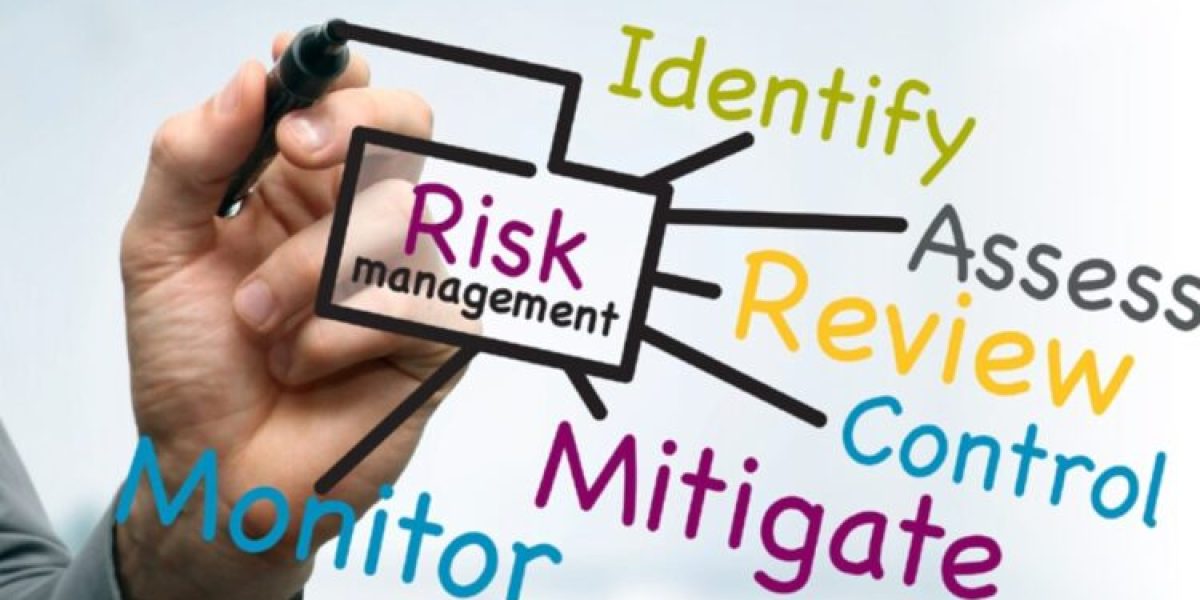Third party risk management is an important part of keeping businesses safe and running smoothly. When a company works with outside vendors, suppliers, or service providers, it often relies on them for services, tools, or data. While this can help save time and money, it also brings some risks.
If something goes wrong with a third party, it can affect the main business too. That’s why having a clear and strong plan for managing third party risks is very important.
What Is Third Party Risk Management?
Third party risk management is the process of checking, watching, and handling the risks that come from working with outside partners. These partners can be vendors, contractors, cloud providers, software companies, consultants, or any other external team.
The goal of third party risk management is to make sure that these partners do not create problems for your business. This could include financial loss, data breaches, legal trouble, or damage to your reputation.

Why Managing Third Party Risks Matters for Every Business
Working with outside companies is common today. Almost every business, no matter the size, depends on someone else for tools, services, or support.
But this also means that businesses are opening themselves to outside risks. If one of your vendors gets hacked, or if a supplier stops working suddenly, your business could face trouble too.
Here are a few reasons why managing third party risk is important:
Keeps Data Safe
Many third parties have access to private data. If they don’t protect it well, that data could be leaked or stolen.
Avoids Financial Problems
If a third party fails to deliver a service or product, it can cost your business time and money.
Helps with Compliance
Some industries have rules that require businesses to check their partners for security and compliance.
Protects Your Reputation
When a third party makes a mistake, it can still hurt your company’s name in public.
Types of Risks Involved in Third Party Relationships
Understanding the kinds of risks that can come from outside vendors is the first step toward building a strong third party risk management plan.
Data Risk
If a vendor handles sensitive data and doesn’t keep it safe, there could be data leaks.
Operational Risk
Vendors that delay or stop delivering services can hurt your daily operations.
Cybersecurity Risk
If a third party has weak online security, hackers can use that to attack your systems.
Legal and Compliance Risk
Working with a third party that breaks laws or doesn’t follow industry rules can cause fines or legal trouble for your company too.
Financial Risk
A third party going bankrupt or having poor financial health could leave your business at risk.
Steps to Build a Good Third Party Risk Management Process
Creating a good third party risk management plan takes time and care. Here are the steps most businesses follow:
1. Make a List of All Third Parties
Start by identifying all the vendors, suppliers, or outside service providers your business works with. Include both large and small ones.
2. Check Each Third Party’s Risk Level
Not all third parties bring the same level of risk. A company that has access to your customer data will need closer checks than one who just delivers office supplies.
3. Review Their Security Practices
Ask questions about how third parties handle data, protect their systems, and deal with risks.
4. Create Contracts That Include Risk Terms
Make sure your contracts talk about who is responsible if something goes wrong. Include rules about data privacy, service level, and reporting.
5. Monitor Third Parties Regularly
Third party risk management is not a one-time task. Keep checking on vendors to make sure they are still safe and following your rules.
6. Plan What to Do If Something Goes Wrong
Have a response plan ready. Know how to react if a third party faces a cyberattack or fails to deliver their service.
Common Challenges in Third Party Risk Management
Even when businesses have a plan in place, they may face challenges. Here are a few common ones:
Too Many Vendors
Large companies may have hundreds or even thousands of third parties. Managing all of them is hard without tools or a clear system.
Limited Information
Sometimes, it is hard to know how secure or stable a third party is, especially if they are a private company.
Changing Risks
Risks can change over time. A vendor who was safe a year ago may not be safe today.
Communication Issues
It can be hard to get the right information from vendors. There may also be language or cultural gaps when dealing with global suppliers.
What Role Does Technology Play in Third Party Risk Management?
Technology is now playing a big part in third party risk management. It helps businesses track, measure, and handle risks in better ways. Here are some ways that technology helps:
Automated Risk Checks
Instead of checking each vendor by hand, software tools can quickly scan for risks. This can save a lot of time and help find hidden problems.
Centralized Data Storage
Risk management platforms can store all information about vendors in one place. This makes it easier to track and update data.
Alerts and Warnings
Some systems can send alerts if something changes with a third party, such as a drop in credit score or a reported security issue.
Real-Time Monitoring
Tools can track vendors in real time and provide updates on any new risks or changes.
Easy Reports
Technology helps create simple reports that show which vendors are safe and which ones may need attention.
Safer Sharing of Information
Using secure platforms means that contracts, risk reports, and sensitive data can be shared safely between your business and the third party.
Technology does not remove all risks. But it makes it much easier for businesses to stay in control, respond quickly, and improve their third party risk management process.
How to Keep Third Party Risk Management Strong Over Time
Good third party risk management is not just about starting with a strong plan. It’s also about keeping that plan working well as time passes.
Here are a few tips to keep your process strong:
- Review your vendors regularly. Don’t assume they are safe just because they passed a check before.
- Update your contracts. Make sure your agreements cover new risks and meet any new laws.
- Train your team. Make sure staff know how to spot risks and what to do when something seems wrong.
- Use tools that grow with your business. As your company adds new vendors or moves into new markets, your systems should be able to keep up.
Conclusion
Third party risk management is a must for businesses that work with outside vendors or partners. While these third parties often help businesses grow, they can also bring risks that affect daily work, data security, and reputation.
By building a strong plan, using clear steps, and using helpful technology, businesses can manage these risks in a smart and simple way. This helps keep both the company and its customers safe.
If your business works with outside vendors, now is a good time to review your third party risk management process. Make sure your partners are not putting your company at risk. Start by checking your current vendors, updating your contracts, and using tools that help you track risks easily.












